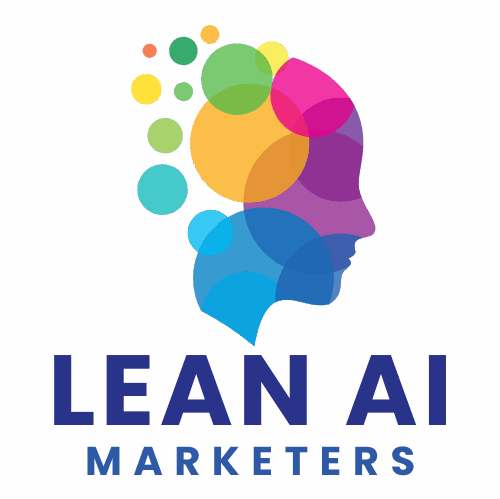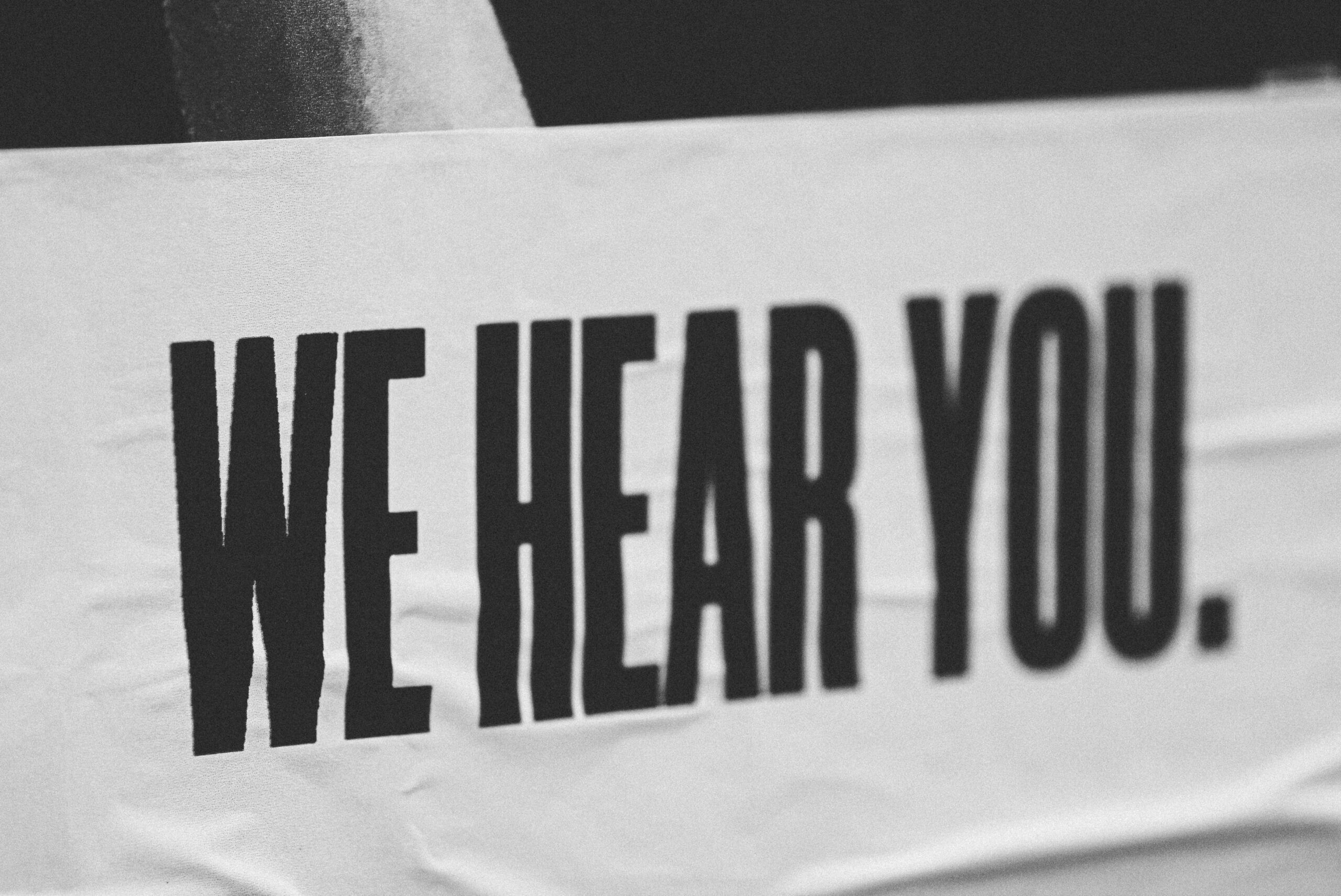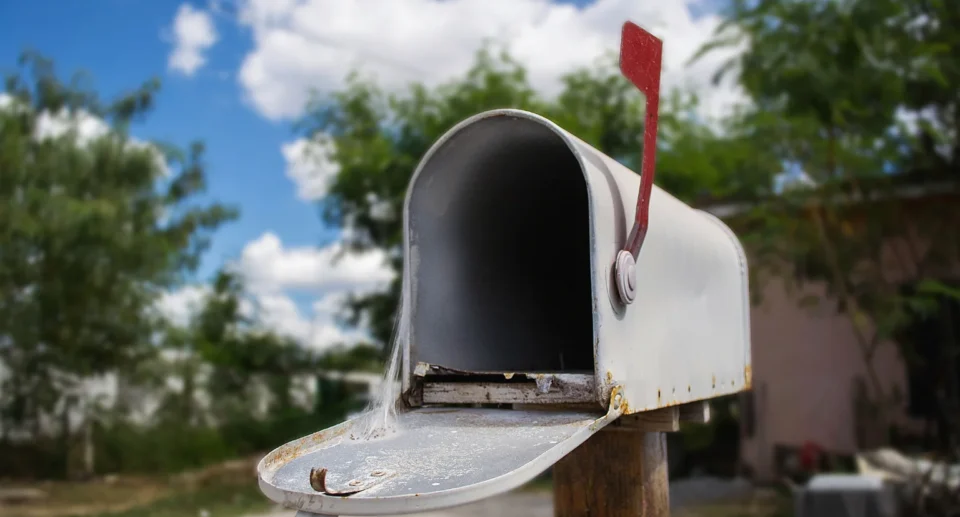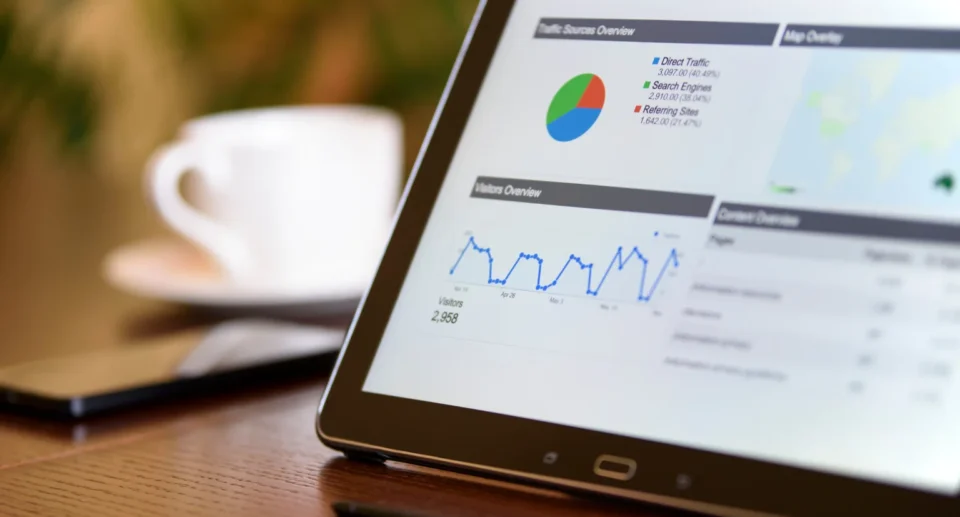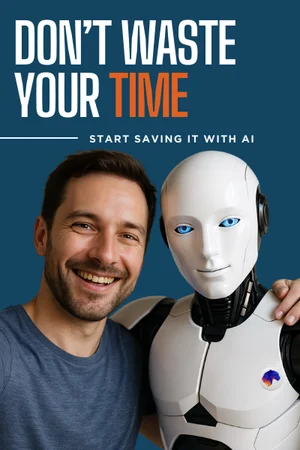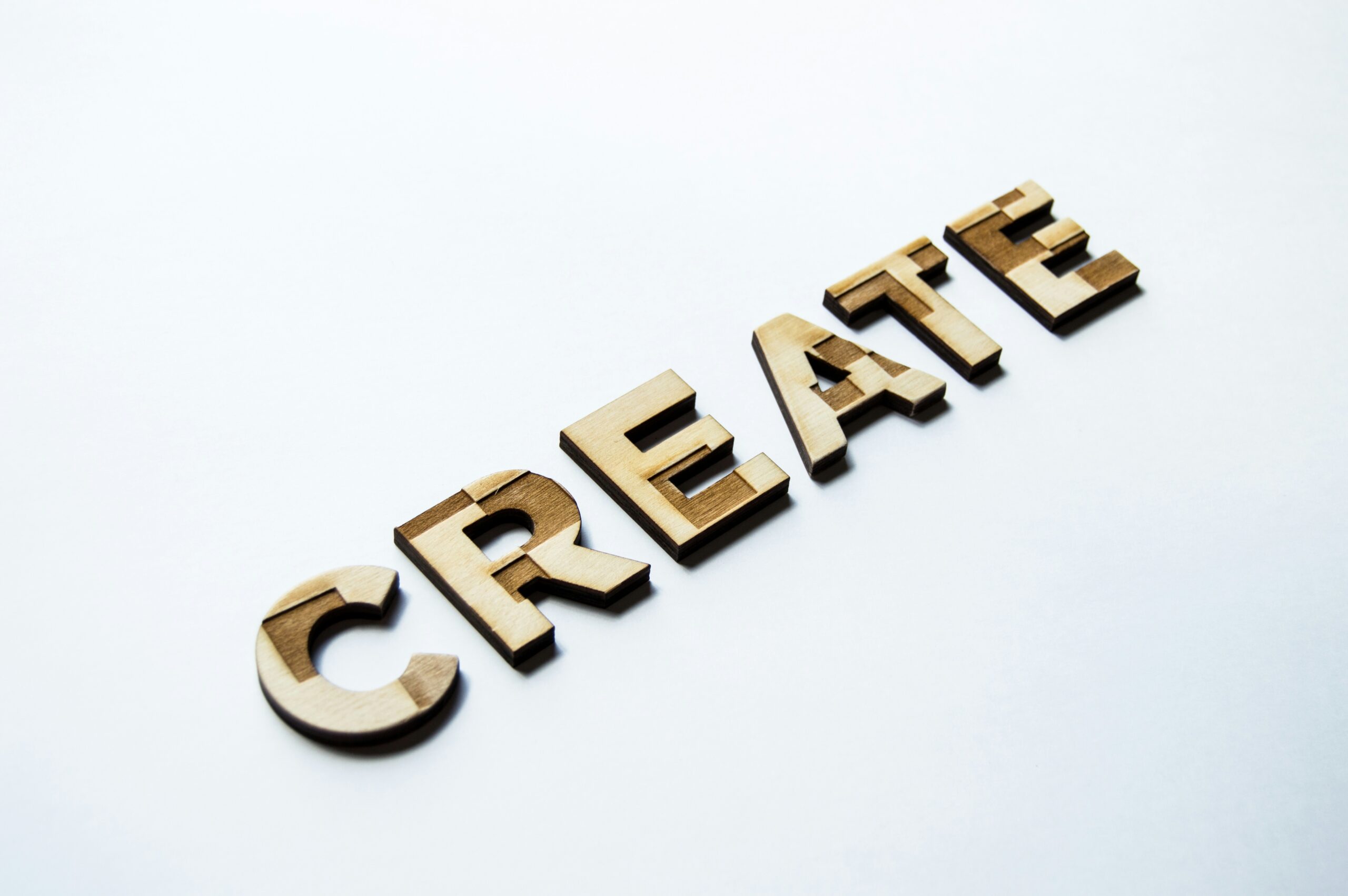Launch Better Ads in Less Time
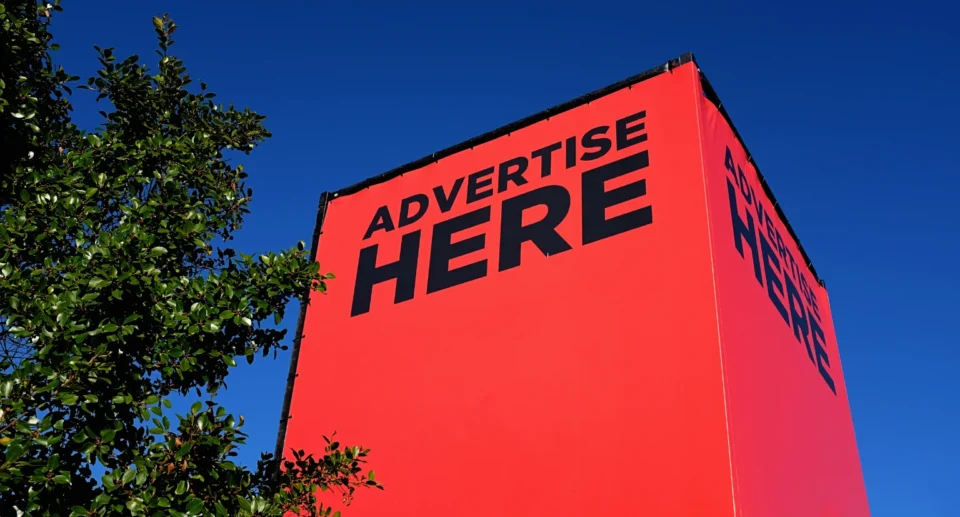
Paid Ads Without the Pile-Up
Running paid media used to mean juggling copywriting, creative, A/B testing, and analysis—all at once. For lean marketers, this either meant skipping paid altogether or burning out trying to do it solo.
Not anymore.
AI lets you streamline paid campaign production, run smarter experiments, and unlock performance insights faster than ever. In this article, you’ll learn how to use AI for ad copywriting, creative testing, audience insights, and performance scaling—all with a light team or even solo.
Step 1: Write Conversion-Focused Ad Copy in Minutes
AI excels at structured writing, and ad copy is just that: structure + persuasion.
🎯 Prompt:
“You’re a high-converting copywriter. Write 3 Facebook ad variants for [PRODUCT/SERVICE] targeting [AUDIENCE]. Use the PAS (Problem-Agitate-Solution) formula. End with a strong CTA.”
Use this to generate multiple ad angles quickly—emotional, rational, pain-driven, or curiosity-based.
📦 Use With: Meta Ads, Google Responsive Search Ads, LinkedIn Sponsored Posts
📌 Tip: Vary tone and structure (statements, questions, emojis) to test hooks.
Step 2: Generate Creative Concepts with AI Design Tools
You don’t need a full design team to test visual angles.
Tools to use:
- Canva Magic Studio for drag-and-drop AI design
- AdCreative.ai for ready-to-run paid ad visuals
- Midjourney/DALL·E for bold ad imagery or thematic illustrations
- Runway ML for quick video creatives
Prompt (for image generation):
“Create a minimalist, high-contrast image of a person using [PRODUCT] that evokes simplicity and speed. Format: 1080x1080px.”
Once created, A/B test:
- Static vs. motion
- Product vs. lifestyle
- Minimalist vs. info-heavy layouts
Step 3: Use AI to Find Fresh Targeting Ideas
While AI can’t directly access ad platform data, you can still get targeting inspiration.
Prompt:
“Suggest 5 audience segments for a digital tool that helps solo marketers automate content. Include interests, professions, and pain points.”
Use the outputs to test new audience ideas or layer lookalike targeting with interest targeting.
🔍 Tip: Pair with Google Trends or Meta Audience Insights to validate trends before launching.
Step 4: Create Variant Testing at Scale
Responsive ad formats (Meta, Google, LinkedIn) thrive on variation. AI makes it easy to produce headline + body combos for testing.
Prompt:
“Generate 10 headline and description combinations for a Google Search Ad targeting the keyword ‘[KEYWORD]’. Match tone to [AUDIENCE TYPE].”
Use this to:
- Test calls-to-action
- Swap out feature vs. benefit emphasis
- Localize language without manual rewrites
📊 AI Tip: Use GPT to rank variants based on psychological drivers (urgency, FOMO, authority).
Step 5: Analyze Ad Performance with GPT Summaries
Tired of sifting through dashboards? Let AI translate your ad data into insights.
Prompt:
“Summarize the ad performance for [CAMPAIGN NAME]. Focus on CTR, CPC, CPA, and ROAS. Suggest 3 next steps based on the top and bottom performers.”
Paste in exported data from your platform (Meta Ads, Google Ads), and GPT can extract:
- Best ad angle
- Audience fatigue signals
- Suggestions for scaling or pausing ads
💡 Pro Tip: Ask for budget reallocation ideas or underperforming creatives to replace.
Bonus: AI-Powered Campaign Launch Checklist
| Task | AI Use | Tools |
|---|---|---|
| Copywriting | Variant generation | ChatGPT, Jasper |
| Creative Ideation | Visual concept generation | Canva, AdCreative.ai |
| Audience Targeting | Segment brainstorming | GPT + Meta/Google tools |
| Testing Variants | Automated ad copy mixing | ChatGPT, Ads Manager |
| Performance Reporting | Summary + recommendations | ChatGPT + Google Sheets |
Final Thoughts: Lean Doesn’t Mean Limited
With AI, you don’t need a paid media agency or an in-house team of specialists. You just need a system.
The tools and prompts above let you go from idea → ad → analysis faster and with more agility than traditional teams. You’ll launch more creative, test faster, and waste less budget guessing.
Because great ads don’t come from doing more—they come from working smarter.
